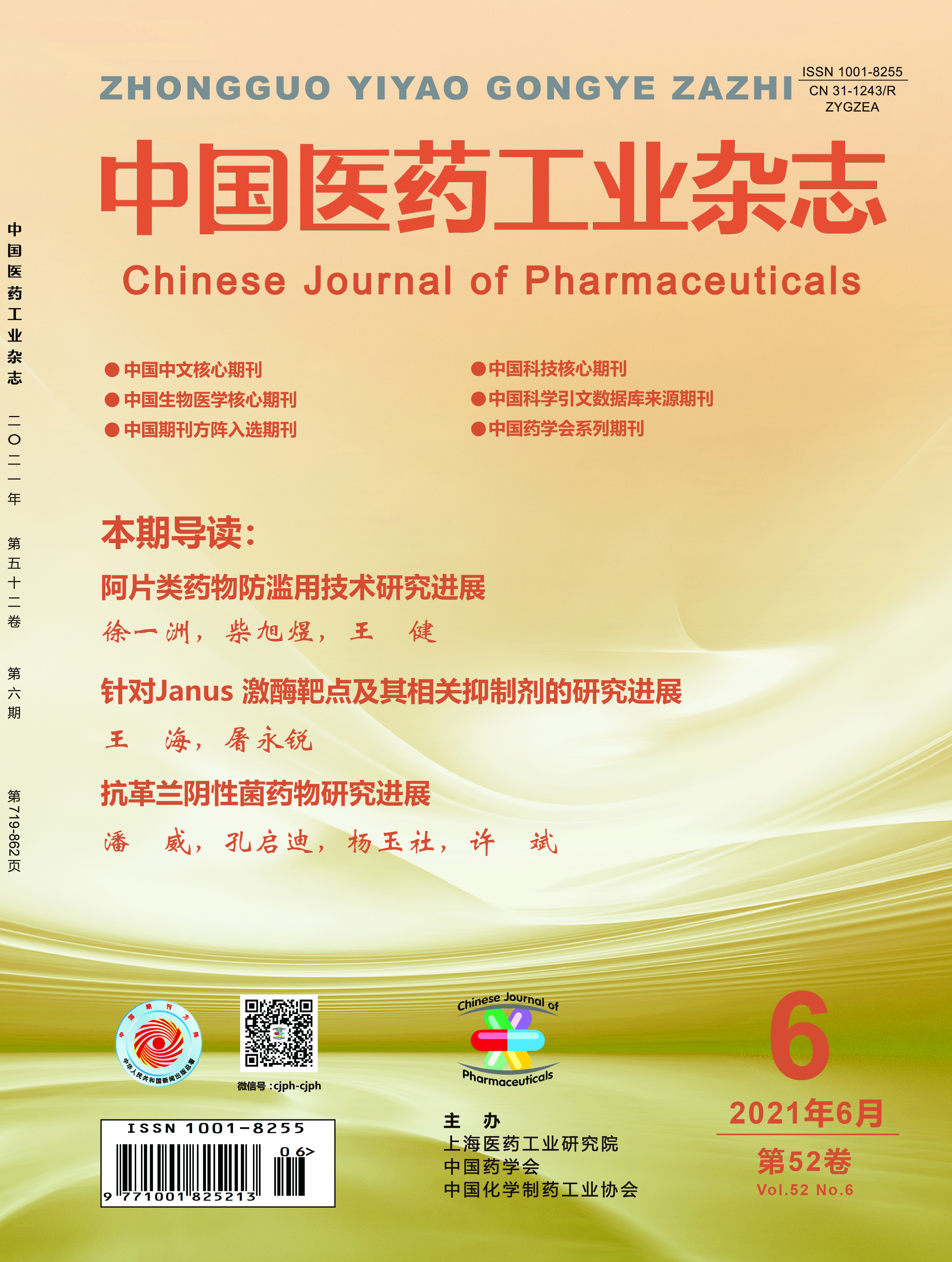Paper
XIA Yan, WANG Jinpeng, ZHAI Lihai, MA Yongjie, ZHANG Guimin
4-Nitropyrimidine(2) reacted with N-chlorosuccinimide to give 4-chloro-6-nitropyrimidine(3), the latter reacted with hydrazine hydrate to give 4-hydrazino-6-nitropyrimidine hydrochloride(5) through nucleophilic substitution. 4-Phenoxybenzaldehyde(6) reacted with sodium bisulfite in N-dimethylformamide to give the addition sulfite which reacted with 5 to give 4-nitro-3-(4-phenoxyphenyl)-1H-pyrazolo[3,4-d]pyrimidine(7). Compound 7 was changed to 4-amino-3-(4-phenoxyphenyl)-1H-pyrazolo[3,4-d]pyrimidine (8) by reduction. Compound 8 reacted with (S)-1- tert-butyloxy-3-hydroxypiperidine to obtain (R)-4-amino-3-(4-phenoxyphenyl)-1-(piperidin-3-yl)-1H-pyrazolo[3,4-d]- pyrimidine(10) in the presence of triphenylphosphine and 1,2-diiodoethane. Finally, the antineoplastic agent, ibrutinib (1), was prepared by acylation and elimination with 10 and 3-chloropropionyl chloride(11) in a purity of 99.98%, and the total yield was 69%(based on 2). In this route, the starting material was inexpensive and readily available, which is suitable for industrial production.
